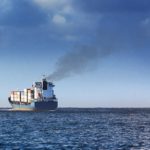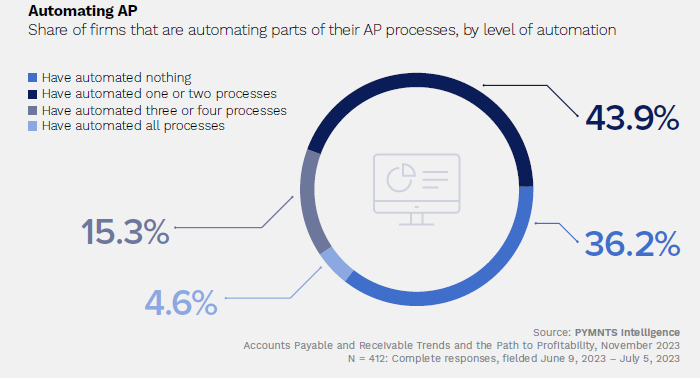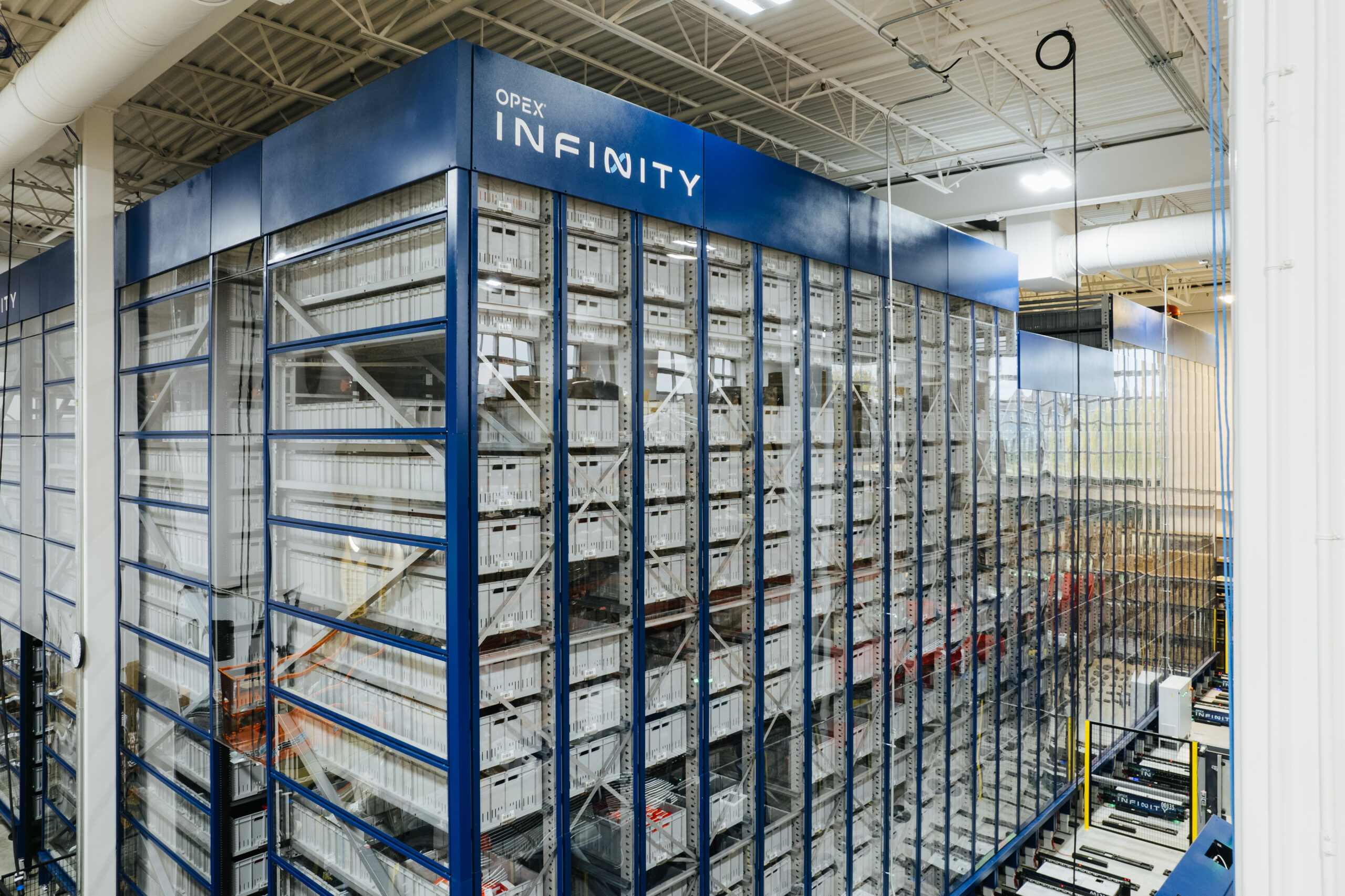Maritime’s regulatory environment is becoming more complex by the day, especially where sustainability is concerned. With the United Nations Global Compact and IMO’s decarbonization drawing ever closer, the onus on shipping companies to reduce emissions looms large, and it’s only made more daunting by the global fleet’s current performance.
In 2021, international shipping emitted nearly 700 million metric tons of carbon dioxide (MtCO₂) into the atmosphere, an uptick of roughly five percent from 2020. And, in 2022, it seems the trend continued with current estimates revealing that the industry likely added to its emissions total rather than lowering it. If this pattern continues, the industry will end the decade much further from meeting the regulatory guidance — but there may be a way to rewrite the story.
Leaders and experts in maritime technology, ship design, and climate science have given plenty of attention to the industry’s slow start, citing obstacles such as legacy fleets, a lack of clean fuel options, and other equipment-related concerns. While it’s true that advancements in these areas will be critical to getting back on track, they aren’t the only innovations that will help bring decarbonized shipping within reach.
Discussions of this challenge consistently overlook a primary issue underlying maritime’s struggle to meet the required guidance: the rate at which emissions reports are shared and analyzed. While shippers have been engaging in emissions logging and reporting for some time now (the first regulations related to the issue were introduced in 1997), the process has, since its inception, been a manual one.
That complicates things for shippers trying to understand their impact. To start, it hides problem areas from operators, making it more difficult to adapt and adjust alongside operational pressures. Furthermore, it hides information about what’s working and what’s not, making it difficult for the wider community to follow the lead of companies modeling responsible practices.

Gurinder Singh, Director of Technical Sales at ABS Wavesight
You can’t change what you can’t see
Manual reporting is labor-intensive and time-consuming—and that doesn’t even account for the time it takes to integrate and analyze these reports. When historical data isn’t made available until months (or years) later, owners and operators don’t have accurate and current baselines from which to work. Without that context, making informed, impactful decisions is essentially impossible; it’s guesswork.
Manual models can highlight errors and successes from months prior, but they cannot give insight into a fleet’s current condition and potential maintenance requirements. Case in point, at the time of writing (August 2023) in-depth analyses from 2022 are only now becoming available. In writing this piece, I cannot even reference the most recent numbers with confidence in their veracity or totality.
It’s this lack of current insight and the hesitancy to share performance data that has long prevented shippers from moving the needle toward more efficient operations—and it’s this obstacle that maritime’s newfound digital communication and monitoring capabilities can help operators overcome.
Connectivity comes to sea
Unlike new ships or advanced fuels, connectivity is here, and it’s likely to be the foundation on which maritime’s sustainable future is built. Though digitalization within maritime lagged for some time, advancements in internet of things (IoT) equipment and the increasing accessibility of low-earth orbit (LEO) satellites and low-latency networks have brought automated reporting within operators’ reach.
By having precise information about carbon emissions, fuel waste, and other factors that contribute to sustainability performance, digitalization can help operators future-proof their fleets.
When paired with analytics software that delivers real-time performance monitoring and reporting, owners can proactively address operational requirements such as voyage planning, vessel maintenance, and port compliance. To address commercial and technical concerns, operators can leverage similar data sets to help inform broader organizational changes, which can contribute to wider margins and more resources to devote to sustainability investments down the line.
On your marks, get set…
As with all data-based endeavors, the value of a dataset correlates directly to its breadth and depth. Beginning the process of connected integration now will ensure that, when the time comes, operators have the real-time and historical context that drives change, the security measures necessary to protect their operations, and the insight they need to make decisions that safeguard their businesses and the industry’s future.
The transition will not happen overnight, but it will happen—it is happening. Engaging in a maritime digital transformation journey – or any major industry transformational period—is an ongoing process that requires a commitment to transparency and continuous improvement from everyone in the maritime ecosystem—from owners, operators, and industry regulators to ports, suppliers, and everything in between. Those that start early will find themselves ahead of the pack as connected fleets become the norm, both in terms of their systems’ value to the company and their progress toward regulatory goals.
Source: By Gurinder Singh, Director of Technical Sales at ABS Wavesight










